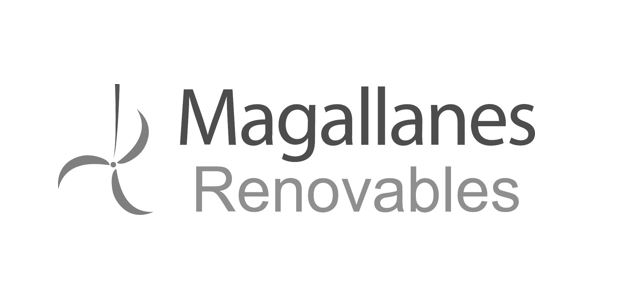Search for scale sites
A sea search is underway in Orkney for new sites for testing wave and tidal energy devices.
The aim is to identify locations where prototype marine energy technologies can undergo sea trials in more gentle conditions than those experienced at the main wave and tidal test sites operated by EMEC, the Stromness-based European Marine Energy Centre.
EMEC is exploring a number of potential “nursery” sites, where developers could test intermediate-scale wave and tidal energy machines as they build towards commercial-scale deployment at Billia Croo or the Fall of Warness.
The move follows the announcement of £8 million in funding from the UK Department for Energy and Climate Change (DECC) earlier this year, which will support the creation of four nursery sites, two for tidal and two for wave machines.
The new facilities will offer an extended service to marine energy developers in Orkney from late next year.
EMEC managing director Neil Kermode said: “This will make it as easy as possible for developers to come along with their concepts and test them in Orkney waters, but without the need for some of the big vessels or large plant we have seen used in the deployment of commercial-scale machines.”
EMEC is consulting with users of local waters to better understand any issues affecting possible sites.
As the options are investigated, EMEC plans to deploy waverider buoys on the surface to measure wave heights and times, and ADCPs (Acoustic Doppler Profilers) on the seabed to measure the current in the water passing overhead.
Boats will also be used to carry out surveys of the seabed using multibeam sonar systems carried onboard – allowing confirmation of both the depth of water and type of seabed underneath the vessel.
All information, including feedback from The Crown Estate, regulatory agencies, and other interested parties, will be collected together to identify the best possible options for developers seeking to test their devices in more benign conditions. The data gathering may also lead to some sites being ruled out.
Currently, EMEC is investigating the potential of a number of sites, including:
- Wave – Rose Ness, Scapa Flow to north-west of St Mary’s Bay, Widewall Bay
- Tidal – Shapinsay Sound around Rerwick Head, Eynhallow Sound by Tingwall, Burra Sound to the north of Moaness Pier, and between Shapinsay and Baas of Linton
EMEC surveyed a number of developers about their requirements for testing in the early stages of a device’s lifecycle. From their responses, nursery sites would need to accommodate:
- Wave devices of 5m draft, 50m in length, and with a 250 tonnes dry weight
- Tidal devices of 4m in height, 10m in length, and with a 10 tonnes dry weight (excluding base)
Other requirements for the sites include:
- Depth of water of between 10-25 metres
- Current of 1-2 metre/second (2-4 knots) for tidal sites, with minimal exposure to waves
- Steady wave climate with low or no tidal stream for wave sites
- Transit time to local harbour from site of less than 4 hours
- Shore side facilities, including lay down areas, available nearby
“If anyone thinks there are other sites that may be suitable, or indeed other facilities that would do the job, please get in touch with me with your proposals,” said EMEC client relationship and marketing manager Eileen Linklater.
“We’ll need to know how your suggestions might meet the criteria for wave or tidal device testing.”
Contact Eileen by email or call her on 01856 852060





